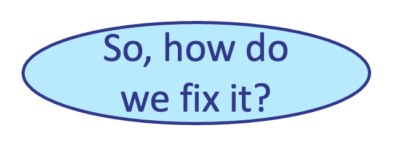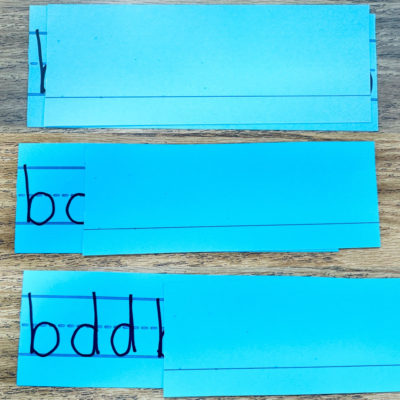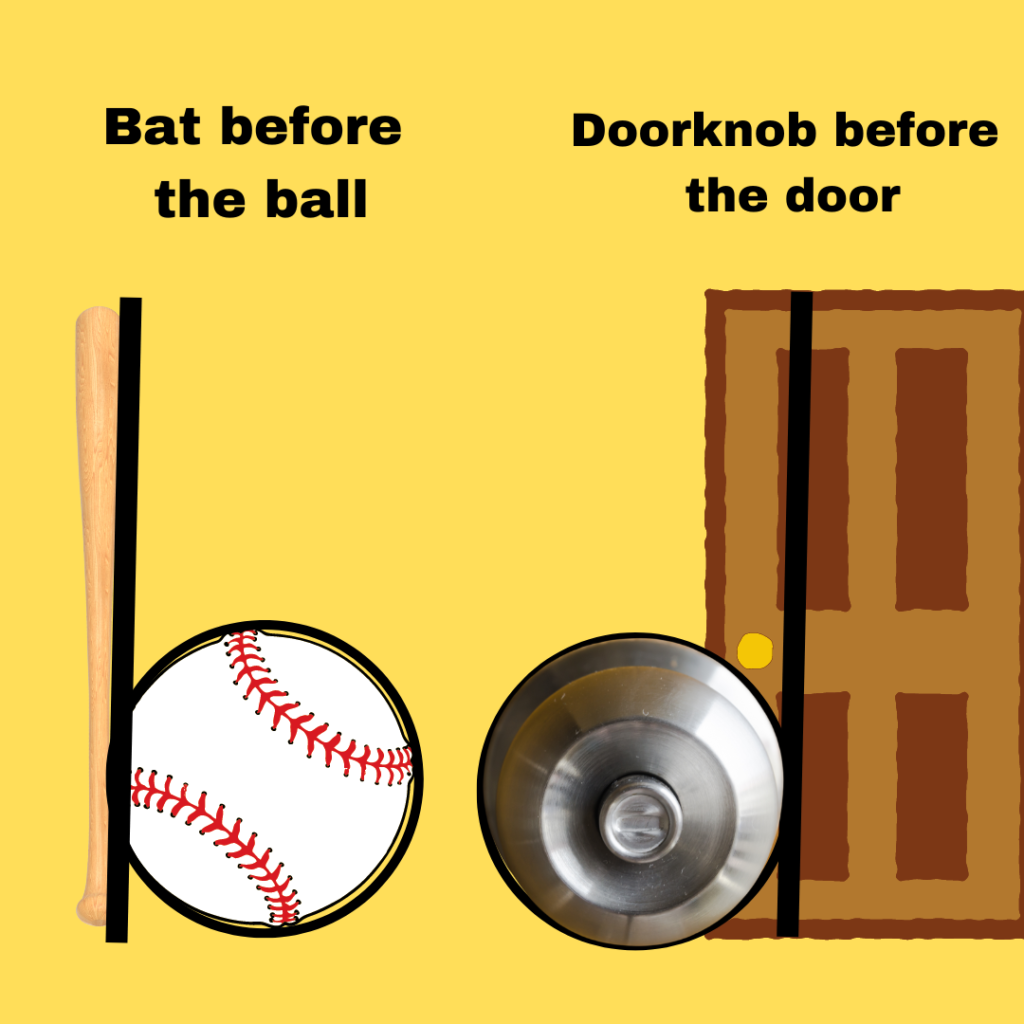How to help students who struggle with b/d reversal
Do you have students who really struggle with reversing the letters b and d? Reading specialist, Savannah Campbell, has some practical tips to help with this common issue.
If you’re an elementary school teacher, it is likely you share the same problem as millions of other educators: the dreaded b/d reversal. Many, if not most, students initially struggle with reversing the letters b and d (and oftentimes p.) Today, I want to share with you a few tips for how we can help students overcome this difficulty.
First, let’s talk about why students reverse these particular letters. If you have a physical letter b in your hand, you could flip it over and it could look like a d or a p. The shape is the exact same. An example many use is that of a chair—no matter which way you turn or flip a chair, it is still a chair. The same can be said for this particular letter. Because the fundamental shape is the same, it can be difficult for students to anchor which one is b and which one is d.

1. Form letter properly when writing
The first line of defense against b/d reversals is ensuring that, when writing, students are forming their letters properly. B and D do not start at the same place when we are writing. The lowercase letter b starts at the top, goes to the bottom, then comes back up before curving down. The letter d, however, does NOT start at the top. Instead, teach students to start with a c. I tell my students to make a c, close it up to the top line, then fall back down and give it a tail. Teaching proper letter formation from the start is key!
2. Use appropriate visuals
Visuals can be helpful, but stay mindful of the visuals you use. I’ve often heard people use the “d has a diaper” and “b has a belly” analogy to help students remember. The problem with these, though, is that the visual issue remains. A diaper and a belly can turn either way, so it doesn’t solve the problem.
3. Bat before the ball

I prefer to use the phrases, “bat before the ball” and “doorknob before the door.” With these phrases, you are anchoring both the sound and the visual. You can remind students if they see a /b/ /b/ bat first, it is a b. If they see a /d/ /d/ doorknob first, the letter is a d.
4. Engage practical reading activities
Last year, I saw a reading activity on Instagram you can do for b and d reversal. Simply take a sentence strip and write a bunch of b’s and d’s on it. Then, use a notecard to cover up the letters. Slowly uncover and ask, “Do you see a bat or a doorknob?” That will key them into whether it is a b or a d. I slowly uncover each letter, reinforcing left to right directionality.
The last consideration to remember is this: it is not an easy fix. We can’t show letter formation once or twice. For some children, they will move forward from the reversals pretty soon: many children, however, will take numerous exposures and many practices to master this concept. Don’t give up, don’t feel frustrated. When I find myself feeling frustrated, I tell myself this, “We are one more exposure away from this sticking forever.”
#dyslexia #bdreversal #letterreversals #structuredliteracy #scienceofreading
* * *
This guest blog is by K-5 reading specialist, Savannah Campbell (Campbell Creates Readers). Savannah has taught her entire career at the school she went to as a child. She holds two master’s degrees in education from the College of William and Mary, and is both Orton-Gillingham and LETRS trained. Her greatest hope in life is to allow all children to live the life they want by helping them to become literate individuals.


